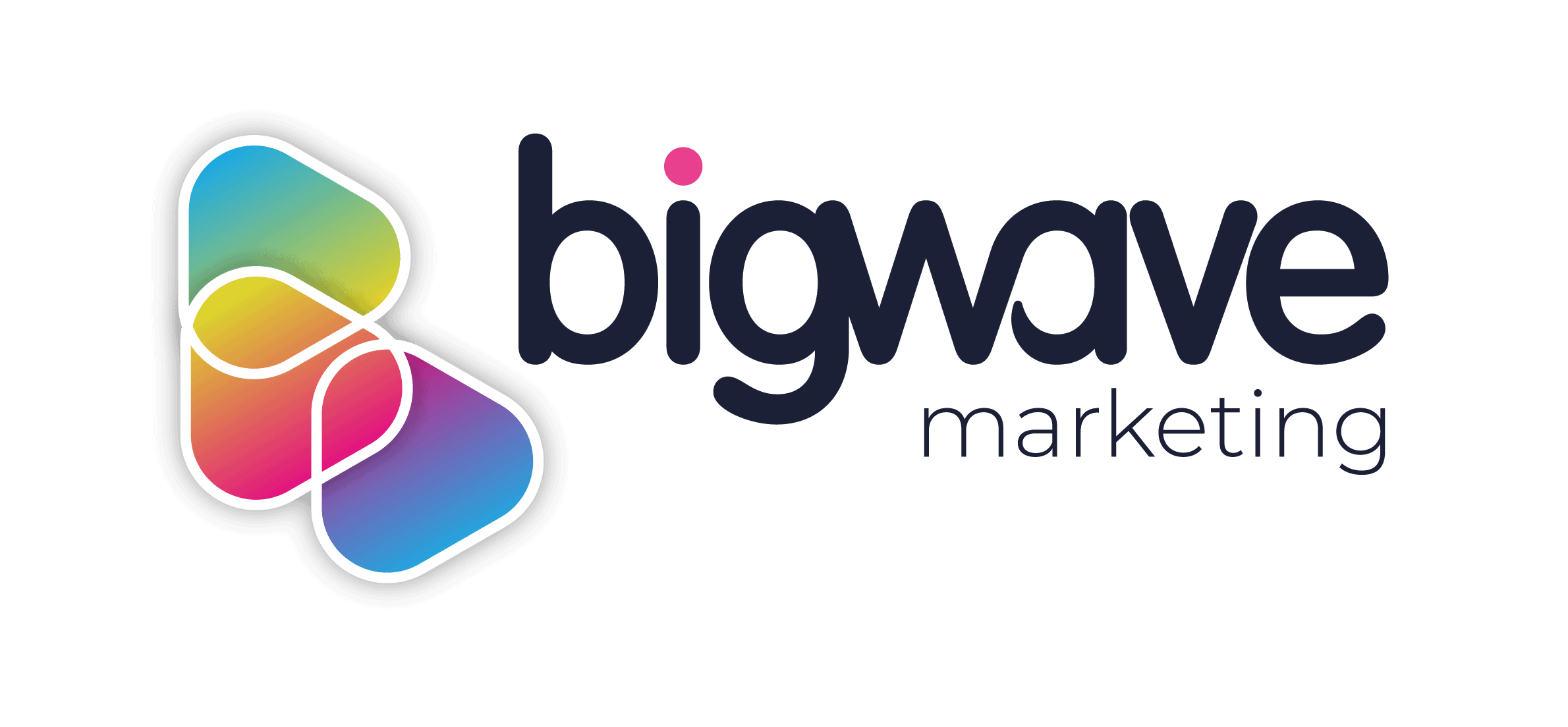Branding. It’s one of the biggest aspects of the success of any company, particularly when you’re trying to market and sell products and services.
Making a lasting impression on your target audience is hugely important, as a trustworthy and recognisable brand will keep your customers coming back for more.
Despite this, there are still elements of branding that aren’t clear, leading to confusion and poor performance.
In this blog, we’ll take you through everything you need to know about business branding in 2021.
What’s a brand?
Let’s start at the very beginning. What is a brand?
A brand is a unique feature (or set of features) that distinguishes your organisation or business from any other organisation.
Your brand is usually made up of your business name, tagline, logo or symbol, design, and brand voice. It can also encompass the overall customer experience you provide, whether that’s in-store, online, or in advertising.
What is branding?
Branding is how you arrive at your brand – or your unique features. This means it’s the process of researching, developing, and applying a distinctive feature to your business, which then lets customers start associating your brand with your products or services.
It’s an incredibly important process as it lets you examine the needs and motivations of your potential customers and tailor your offering to match. This nets you more engagement and more sales in future.
Why is branding important?
Your brand is one of the most valuable assets your business owns. Without it, your business would have no identity, no way to be memorable, no customer loyalty, and no marketing or advertising.
Brand recognition can even be the deciding factor for consumers when they make a purchase decision. In fact, studies have shown that almost 60% of shoppers actively buy from brands they know, and 21% buy a product because they like the brand.
Nailing your branding can help give your business an identity beyond its product or service, making it more relatable to potential customers. What’s more, good branding helps your business stand out and be memorable, helping your consumers recognise your business across every channel and medium.
How to create a brand
Whether you’re starting a brand from scratch or simply rebranding your current business, creating a brand can seem like an overwhelming task. We’ve put it into easy-to-follow steps that will help you build a strong and recognisable brand.
1. Find your target audience
We know that great branding leads to awareness, recognition, trust, and revenue. This stems from what target audience you choose to market to.
If your brand doesn’t resonate with your audience, you won’t get the sales and revenue you want. That’s where target market research comes in.
Who is your ideal customer? What are their needs? What are their pain points? How will your product/service address and solve these needs? How will these customers find you?
This is a vital first step, as what you learn about your target market and buyer personas will most likely shape all future branding decisions.
2. Define your unique values and qualities
Every market niche is becoming increasingly competitive, with more and more businesses joining with new and exciting products.
Instead of being intimidated, though, you should see this as an opportunity to strengthen your brand.
Making sure that your brand is made up of and inspired by your unique values, benefits, and qualities is an easy and effective way to set your company apart. Take Innocent Drinks as an example: they are easily recognisable and have managed to completely set themselves apart from their competition by using a distinctive, fun tone of voice and a charitable business model.
This step is all about working out what sets your business apart from others and finding a way to incorporate that into your brand.
3. Create your visuals
Once you know who you’re targeting your branding at and how you want your unique values and approach to come across, it’s time to get creative.
You can develop your logo, colour palette, fonts, iconography, and other visual components.
Creating a brand guideline document (or style guide) as you complete this step will save you time in the future, as you won’t have to go back and work out the exact colours and fonts you’ve used.
As exciting as design is, it can also be very intimidating. You might want to consider hiring a professional team with logo and brand design experience. Our expert design team can help build or rebrand and business, whether small or big.
4. Find your tone of voice
A brand isn’t just about looks. It’s about personality too.
How your brand sounds to your customers is just as important as how amazing it looks, so you should think about creating a consistent tone of voice.
Your brand tone of voice should connect and resonate with your audience — it’s the only way to grab their attention. If you’re targeting younger people, consider making your tone of voice friendly and casual. If you’re targeting high-flying business people, you might want to make your tone more professional and informative.
Whether you’re creating a webpage, a blog, a social media post, an advert, or a brand story, your tone of voice needs to be consistent throughout all your written content.
Consistency will give your audience a chance to get familiar with your brand and learn to recognize the sound of your voice, letting them start to associate a certain tone of voice with your brand.
5. Implementing your branding
You’re not done just because you’ve created your brand. Now you have to put it out into the world, marketing it so that your target audience gets a chance to see it.
Make sure it’s displayed anywhere your business touches base with customers. For example:
- Website – Make sure your website prominently displays your logo, colour palette, tone of voice, and typography (fonts). Your website is a major part of your company identity and is often one of the first significant interactions with your potential customers, so if it doesn’t reflect your brand, it might put customers off and create a bad experience.
- Social media – All profile photos, cover art, and branded imagery should reflect your brand. A good first step is to set your logo as your profile photo, which will make it easier for customers to recognise your business. Just like on your website, you need to make sure your brand tone of voice is consistent across all profile information, posts, and captions.
- Advertising – Because adverts are often used to establish brand awareness and introduce consumers to your brand, it’s important that they reflect and stick to your branding.
- Packaging – If your business sells physical products, then it’s likely that consumers interact with your brand in person on a regular basis. You need to make sure your branding reflects how unique and interesting your product and business are. Using your new branding in its design, colours, size, and feel can go a long way to quickly communicating your message.
The cost of branding
Branding can be a very complex and expensive process, with many different factors that can influence the overall cost. Some of these key elements include the size and scope of your branding project, as well as the marketing channels you intend to use to promote your brand. Additionally, there are a variety of branding agencies and consultants that can offer a range of services and pricing options, making it important to do your research and find the right agency for your branding project.
Read more: How much does branding cost?
Glossary of branding terms
It’s not just knowing how to start branding your business that can be overwhelming, it can also be hard to know what all the terms mean. We’ve put together a handy glossary to help you on your branding journey.
Brand awareness
Brand awareness is literally how aware of your brand your target audience and the general public are.
High brand awareness is important because consumers won’t consider purchasing from your brand if they’re not aware of it and its products.
Brand extension
Brand extensions are when companies “extend” their brand to develop new products in new industries and markets. For example, Dyson has recently extended their brand from vacuum cleaners to fans and hairdryers.
Brand extensions let businesses create more revenue streams and expand product lines.
Brand identity
You can think of brand identity as the personality of your business.
Choices you make in tone of voice and branding can impact how customers see your business and how they interact with you.
Your brand identity usually includes your values, how you communicate your product or service, and what you want people to feel when they interact with it.
Brand management
Brand management simply means the process of creating and maintaining your brand.
This can include the tangible elements of your brand (style guide, packaging, and colour palette) and the intangible elements (perception by your target audience and customer base). Strong branding needs constant upkeep as your target audience, technology, and other factors might change.
Brand recognition
Brand recognition is how well a consumer (hopefully your target audience) can recognise and identify your brand without seeing your business name. This might be through your logo, tagline, jingle, packaging, or advertising.
A great example of this would be McDonald’s “Golden Arches” logo, which is instantly recognisable across the globe.
Brand trust
Brand trust refers to how strongly customers believe in your brand.
This can be influenced by several factors, including:
- Whether your products or services deliver on their marketing promises
- Whether you’ve maintained a good reputation through PR
- Whether your salespeople and customer service process goes above and beyond
Brand valuation
Brand valuation is the process of valuing your brand commercially based on consumer perception, recognition, and trust.
Strong branding massively increases your business’ value as it makes your business invaluable to investors, shareholders, and potential buyers.
In conclusion
Branding is an open-ended and endlessly creative process. Although it can take work, investing in fantastic branding can do wonders for your sales, revenue, and reputation.
Getting to the heart of your target audience and examining the unique features of your organisation can only result in a strong, successful, and relatable brand.
To find out more about Bigwave can help you boost your branding, get in touch with one of our branding experts today.

